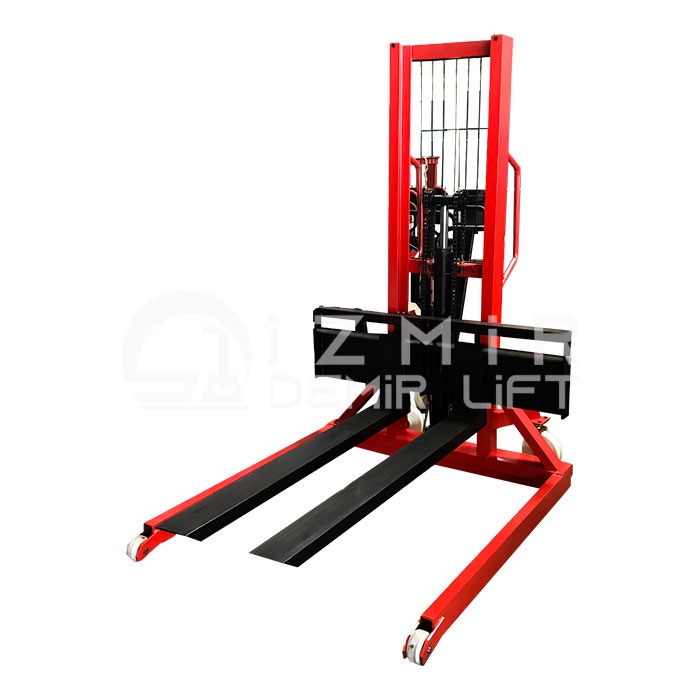
Today, warehouse operations must be carried out quickly and efficiently. At this point, it is of great importance to correctly integrate and synchronize data related to stackers and other warehouse equipment. Data integration and synchronization increase the efficiency of warehouse operations, reduce errors and improve decision-making processes. In this article, we will discuss the importance of data integration and synchronization in stackers and warehouse operations.
Importance of Data Integration:
Multiple systems and devices are used in warehouse operations. Data sharing and integration should be provided between different systems such as stackers, inventory management, order management, and logistics software. Correct integration of data provides real-time and accurate information flow. This ensures effective management of warehouse operations and reduction of errors.
Real-Time Information Flow:
Sharing data received from stackers and other warehouse equipment in real time provides a great advantage. Real-time information flow provides warehouse managers with instant images and up-to-date data. In this way, access to accurate and up-to-date information about inventory status, workload, business processes and other operational information is provided. This enables better decisions and more effective planning of operations.
Data Analytics and Reporting:
Analyzing and reporting data from forklifts and other warehouse equipment is important for improving warehouse operations. Data analytics provides benefits such as optimizing business processes, increasing efficiency, and more efficient use of resources. Reporting is used to track performance metrics, detect errors, and identify improvement opportunities. Data integration and synchronization enable these data analytics and reporting processes to be performed more effectively.
Automation and Advanced Technology Applications:
Data integration and synchronization support the automation of forklifts and the use of advanced technology applications. Automation enables warehouse operations to be carried out more efficiently and without errors. Advanced technology applications include technologies such as artificial intelligence, machine learning, and the Internet of Things. These technologies further enhance data integration and synchronization between forklifts and other warehouse equipment.
Customer Satisfaction and Competitive Advantage:
Data integration and synchronization help warehouse operations increase customer satisfaction and gain competitive advantage. Decisions made based on accurate and up-to-date information provide faster responses to customer demands. At the same time, more effective management of warehouse operations provides competitive advantage.
As a result, data integration and synchronization are of great importance in stacking machines and warehouse operations. Integrating the right data with the right systems increases the efficiency of warehouse operations, reduces errors and improves decision-making processes. This increases customer satisfaction, provides competitive advantage and enables warehouse operations to be managed more successfully.